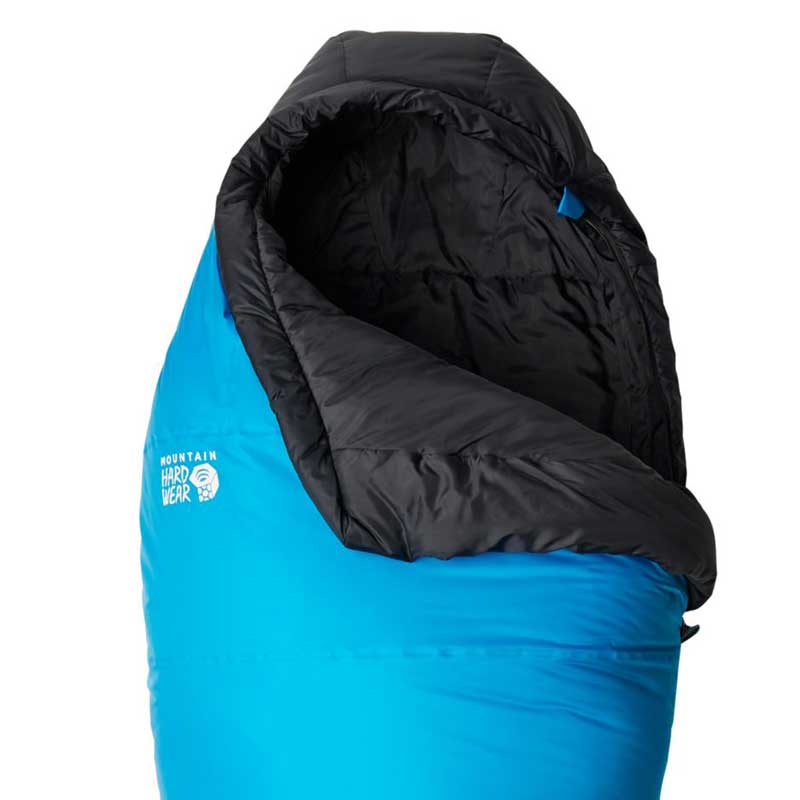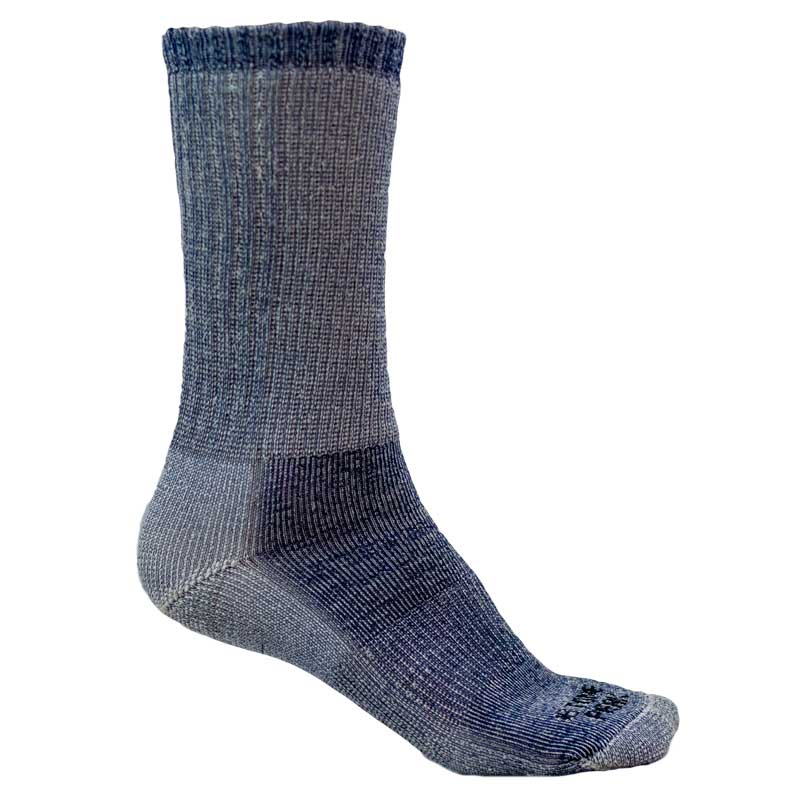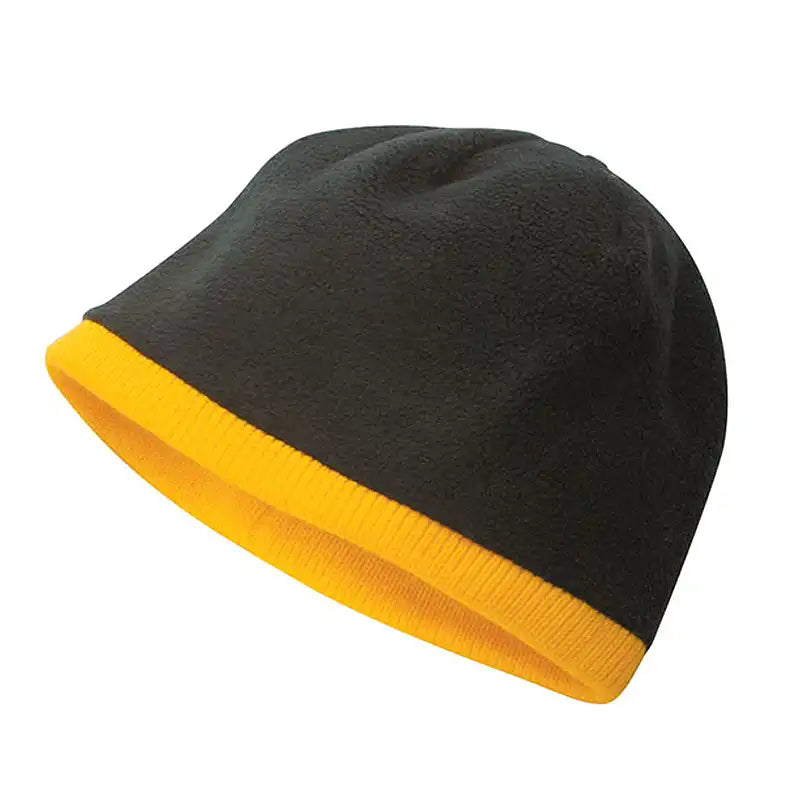Menu

Sleeping Bags - 101
We sell a LOT of sleeping bags every year.
We have the unique opportunity to meet many first-time campers, people looking to pick up their first sleeping bags for a family camping trip, or just looking to upgrade from an old run-down one. Sleeping bags can be a surprisingly big topic to the uninitiated, and people tend to have lots of questions. For convenience and reference, here’s a quick breakdown on three of the most commonly discussed topics:
Sleeping Bag Insulation
Sandwiched between the sleeping bag's shell and its lining, the insulation is what does all the work in keeping you warm. Generally (though not always), the insulation is divided with enclosed channels, layers or baffles to keep it from moving around and creating cold spots.

Insulation works by trapping air in tiny pockets. The more pockets of air that are trapped, the warmer the insulation. Usually the more insulation, the more puffy the bag (this puffiness is called loft). The more Loft, the more air is trapped. The more air trapped, the warmer the bag. Hence, warmer bags tend to be bigger and puffier.
Many different insulating materials are available and they play a huge part in setting the price of the bag. One of the best insulators available is down. It is lightweight, it compacts well, it has incredible loft and it traps air like no other insulator. However down can be incredibly expensive, is very picky about proper storage and maintenance, and will not maintain any warmth while damp or wet.
Synthetic sleeping bag fills do not insulate quite as well as down, but they also do not absorb water. Synthetics tend to dry more easily if they do get wet, and they provide some warmth even when thoroughly soaked. But not all synthetics are created equal. Generic fills tend to be bulkier and less efficient (but less costly.) Branded fills tend to have more technical features, be lighter weight, and provide more and faster loft.
As a general rule of thumb: the better the fill, the more compact (and expensive) the sleeping bag for any given temperature range.
We strongly recommend synthetic insulations for Summer Campers, and only keep synthetics in stock.
Temperature Ratings

Temperature ratings of Sleeping Bags are loosely based on a timed heat-retention test – how long will any given bag keep a heated copper dummy warm, at a certain external temperature?
While this test shows the effectiveness of the sleeping bags insulation, it ignores the more important part of sleeping bag comfort. You. You are your own furnace for any sleeping bag, and you need to apply your experience to your bag choice. When you sleep in your bed, are you usually hot, kicking off all the blankets? Or are you always freezing at night and looking to pile on more comforters?
The effectiveness of any sleeping bag is very dependent on a variety of you-factors, including individual metabolisms, body mass, fitness, diet and altitude. For the most part, our listed temperature ratings are conservative, though it should be understood that they are given as a general guideline and that some campers will not sleep comfortably at the extreme ratings while others will be comfortable beyond that level.
Think of Temperature ratings as less of a ‘good down to’ number and more as a seasonal guideline. Then give yourself at LEAST 5 to 10 degrees of extra coverage below your lowest expected temperature. It is easy to shed layers if you are too warm, it is hard to get a good night sleep if you are shivering.

Sleeping Bag Care
This often surprises people, but when not using your sleeping bag, be sure to take it out of its stuff sack or compression sack. Bags stored for a long time that are compressed tightly will lose their loft. As noted above, no loft means no warmth. Store your bag loosely rolled in a breathable cotton or mesh stuff sack. Or simply store the bag hanging or loosely folded.
Never pack your sleeping bag wet or damp. If it does get wet, hang it to dry or gently tumble dry with no heat. The gentler you are with your sleeping bag, the longer it will last,
Ideally, you should simply hang your sleeping bag to air-out after each use; washing your bag after each trip is not necessary (unless each trip is extremely long, or in some pretty gross conditions). Washing machines are tough on sleeping bag construction. If you do need to wash your bag be sure to follow the manufacturer’s instructions. Use a front load machine without an agitator, and tumble dry on gentle, with no heat.
That was a quick-and-dirty tour of what can be a big and very detail heavy subject. The takeaway for picking a new bag is is to keep in mind what use you will be getting (sleepovers, car camping, back country (etc.), what temperatures you will be sleeping in, and what your budget is. If you have a questions this didn’t answer (and it’s likely you do ) send us an email and we'll do our best to help you pick a new bag.
- Choosing a selection results in a full page refresh.








